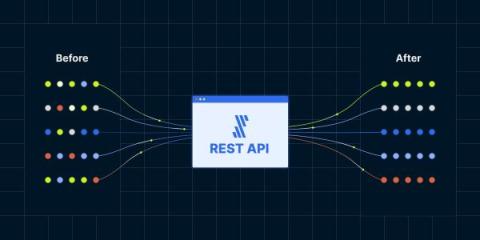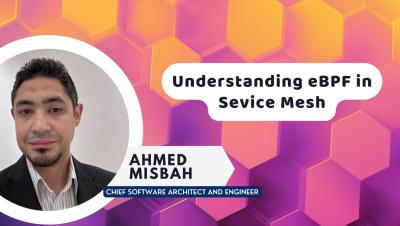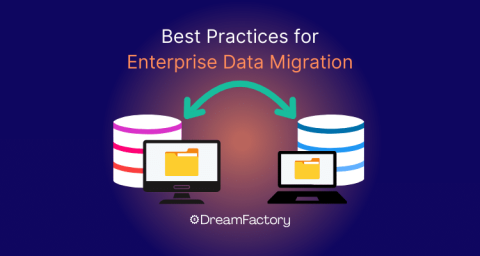Defend Your APIs: Secure by Design
The digital landscape has witnessed an explosion of APIs in recent years. These powerful tools act as the glue binding applications together, facilitating data exchange and powering our interconnected world. But with this rapid rise comes a growing concern: securing these APIs to safeguard sensitive information. In our recent webinar at SmartBear, "Defend Your APIs: Secure by Design," API experts Frank Kilcommins and Yousaf Nabi unpacked some critical strategies for keeping your APIs safe.










